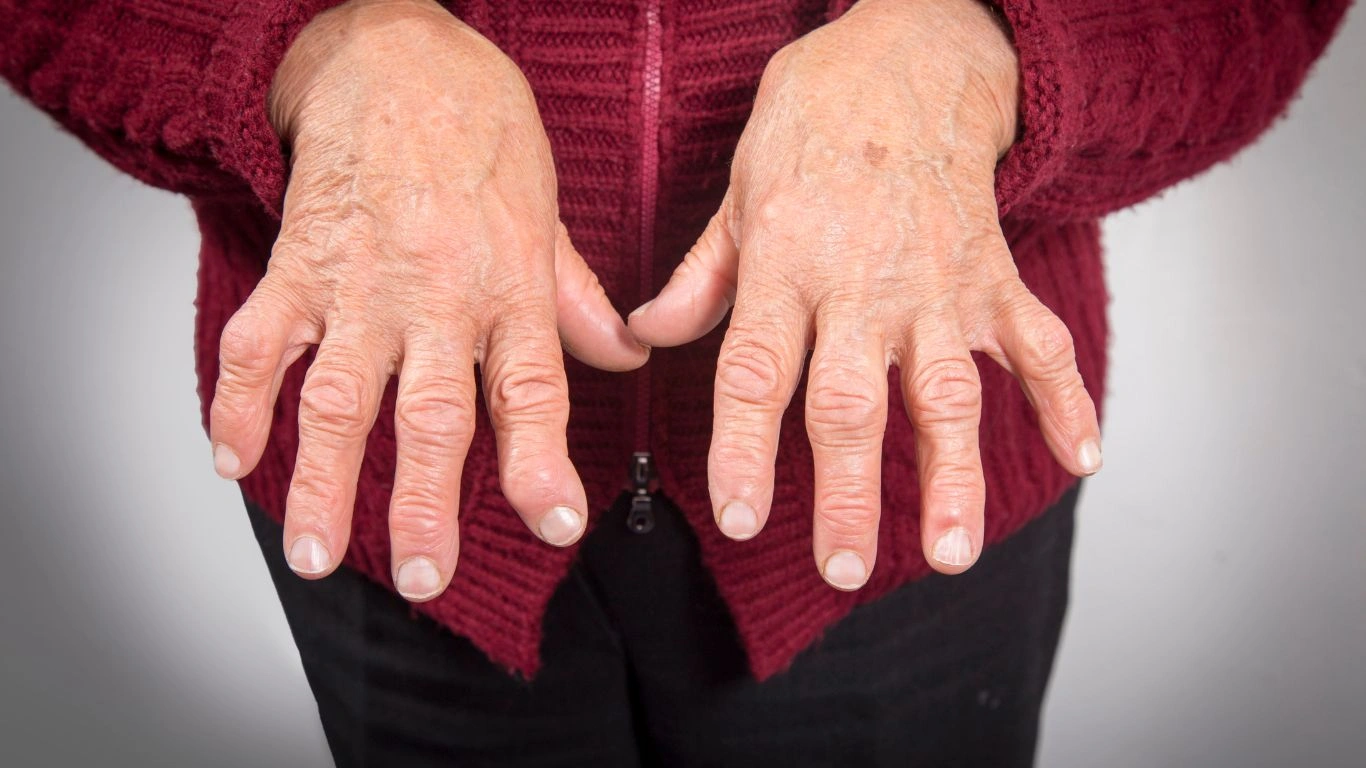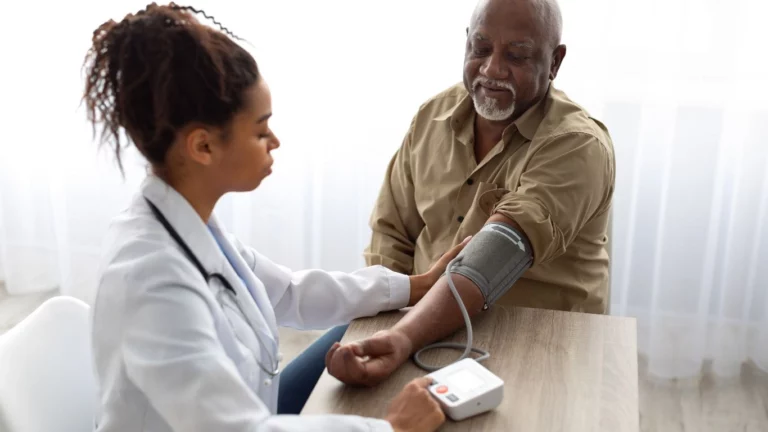Painful foot problems in rheumatoid arthritis and how to manage them
Rheumatoid arthritis (RA) is a long-term autoimmune disease that mainly affects the joints. It often causes pain, swelling, and stiffness. While most people think about RA affecting the hands, it also commonly affects the feet. In fact, over 90% of people with RA will experience foot problems during the course of their disease. That’s why it’s important to understand how RA affects the feet and what you can do about it.
Understanding Foot Anatomy and Rheumatoid Arthritis
Your foot is a complex structure made up of 26 bones, over 30 joints, and many ligaments and tendons. These parts work together to help you stand, balance, and walk. In rheumatoid arthritis, the immune system mistakenly attacks the lining of the joints, called the synovium. This leads to inflammation that can damage cartilage and bones over time.
In the feet, this can cause pain in the forefoot (front of the foot), midfoot (arch area), or hindfoot (heel and ankle). Because the feet are always under pressure from walking and standing, problems in this area can be especially painful and affect your daily life.
Knowing how RA affects your feet can help you catch symptoms early and get the right care.
How RA Affects the Feet
RA tends to affect the smaller joints first, which makes the feet a common target. The immune system causes inflammation in the joint lining, which leads to swelling and pain. Over time, the joint may become deformed or unstable. You might also experience stiffness, especially in the morning or after resting.
RA in the feet can change how you walk. You might avoid putting weight on certain areas because of pain. This can lead to more stress on other joints, like your knees, hips, or lower back.
Since RA is a systemic disease, meaning it affects the whole body, you may also feel tired, have a low-grade fever, or lose weight without trying. These symptoms, along with foot problems, can signal a flare-up or worsening of the disease.
Common Foot Problems in Rheumatoid Arthritis
People with RA often face multiple foot issues. Some of the most common include:
- Forefoot deformities: This includes bunions (a bump at the base of the big toe), hammertoes (bent middle toe joints), and claw toes (bent end toe joints). These can make walking difficult and painful.
- Metatarsalgia: Pain in the ball of the foot, often caused by inflammation or shifting of the bones. It may feel like walking on pebbles.
- Heel pain: This can be caused by inflammation of the plantar fascia (plantar fasciitis) or the Achilles tendon (Achilles tendinitis).
- Flatfoot (fallen arches): Damage to tendons and ligaments can cause the arch of the foot to collapse. This changes how you walk and can lead to other joint issues.
- Joint dislocation: In advanced cases, the joints in the foot can shift or dislocate completely. This can lead to serious mobility issues.
- Skin issues: Pressure points from bunions or deformities can cause calluses, ulcers, or infections. People with RA are also more prone to poor wound healing.
Each of these problems can get worse over time if left untreated. They can also affect your ability to move comfortably and safely.
What Causes These Foot Problems?
Foot issues in RA don’t happen overnight. Several factors contribute to their development:
- Chronic inflammation: Ongoing swelling and joint damage from RA can slowly deform the foot structure.
- Abnormal walking patterns: When you avoid putting pressure on painful areas, it can strain other parts of the foot or body.
- Weak muscles and tendons: Inflammation and disuse can weaken the muscles that support your foot and ankle.
- Joint instability: As cartilage wears down and ligaments loosen, the joints may shift or become misaligned.
- Delayed treatment: Not getting early care or using the wrong footwear can allow problems to get worse.
RA-related foot issues tend to build up slowly. Catching them early can make a big difference in your quality of life.
When to See a Doctor
If you have RA and start noticing foot pain, don’t ignore it. Early treatment can help prevent permanent damage and make walking easier again. Reach out to your healthcare provider if you experience:
- New or worsening foot pain that doesn’t improve with rest
- Stiffness in your feet, especially in the morning
- Swelling, redness, or warmth in the foot joints
- Changes in the shape of your feet or toes
- Sores, calluses, or skin changes that don’t heal
- Trouble finding comfortable shoes
It’s also a good idea to see a podiatrist (foot doctor) who understands RA. They can help you manage symptoms with special footwear, exercises, or even surgery if needed. Physical therapists and rheumatologists may also be part of your care team.
Don’t wait until the pain is severe. Talk to your doctor if you notice any new foot problems. Early help can keep you moving comfortably.
Tips to Manage RA Foot Problems
There’s no cure for RA, but you can take steps to protect your feet and stay active. Try these simple tips:
- Wear supportive shoes: Look for shoes with a wide toe box, cushioning, and good arch support. Avoid high heels and narrow shoes.
- Use orthotics or inserts: These can help correct walking patterns and ease pressure points.
- Stay active: Low-impact exercises like swimming, biking, or yoga help keep your joints flexible.
- Apply ice or heat: Use ice packs during flare-ups or warm compresses to relax stiff joints.
- Do daily foot checks: Look for redness, swelling, or skin issues. Catching problems early is key.
- Follow your RA treatment plan: Taking your medications as prescribed helps reduce inflammation throughout the body.
Foot care is a daily habit. It may take time to find what works best for you, but small steps can lead to better mobility and less pain.
Final Thoughts
Foot problems are very common in rheumatoid arthritis, but they don’t have to take over your life. Learning the early signs and getting the right care can make a big difference. If you notice new foot pain, stiffness, or changes in how you walk, don’t wait—talk to your healthcare provider.
Your feet work hard every day. Give them the care they deserve, and they’ll keep you moving forward.

Tarra Nugroho is a dedicated Nurse Practitioner with a strong foundation in family and preventive care. She brings both compassion and clinical expertise to her practice, focusing on patient-centered care and health education. As a contributor to Healthusias.com, Tarra translates medical knowledge into clear, empowering articles on topics like women’s health, chronic disease management, and lifestyle medicine. Her mission is simple: help people feel seen, heard, and informed—both in the clinic and through the content she creates. When she’s not caring for patients, Tarra enjoys weekend hikes, plant-based cooking, and curling up with a good health podcast.






